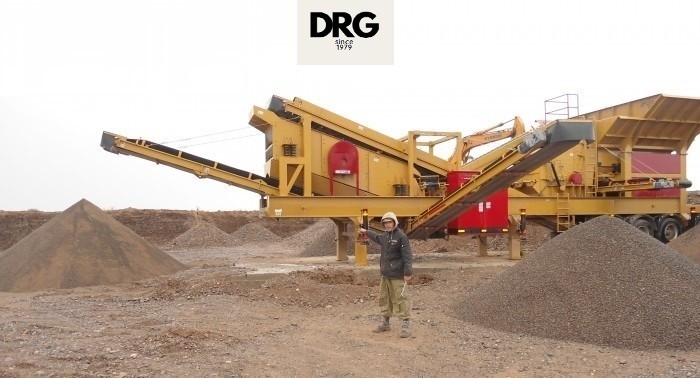The Working System of Mobile Crushers
Mobile crushers are portable machines used in stone crushing processes, widely used in construction, mining, and quarries. These machines provide ideal solutions for breaking large stones into smaller, manageable sizes. The working system of mobile crushers is highly preferred due to their portability and ease of setup in various locations. So, how does the working principle of mobile crushers operate?
1. Start and Loading
When a mobile crusher is brought to a worksite, large stones are first loaded into the machine via a feeding conveyor. These stones are typically large and coarse. The crusher then performs a first-stage crushing process to break these stones into smaller pieces.
2. Crushing Process
Mobile crushers use hammer systems or gear mechanisms to break stones down to a specific size. The stones rapidly rotate in the crushing section of the machine, breaking into smaller fragments. This process occurs at varying speeds depending on the hardness of the stone. Dust and fragments created during crushing are generally controlled by air filters.
3. Screening and Separation
Crushed stones are then sorted according to their size. Stones crushed into different sizes are separated from each other and transported via separate conveyors. This process ensures that the stones are of the right size for their intended use. Some mobile crushers also have separator systems for removing soil and other impurities during the crushing process.
4. Result and Usage
As a result, mobile crushers efficiently break down large stones into smaller, usable sizes, making them suitable for construction projects and mining activities. Additionally, since these machines are portable, they can be easily adapted to various projects and offer the advantage of mobility.
The working system of mobile crushers is essential for processing stones correctly and sizing them appropriately for the project. These machines are highly preferred in industries like construction and mining due to their high efficiency and portability.
 English
English
 Le français
Le français
 Türkçe
Türkçe

